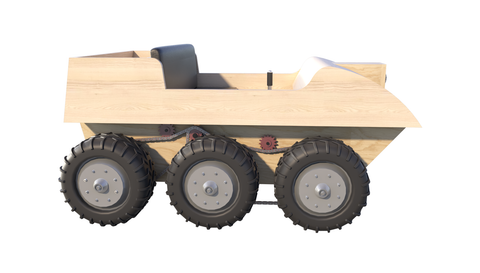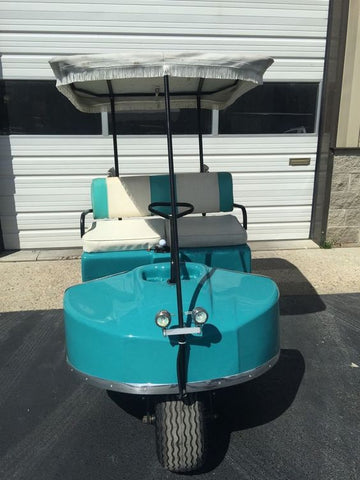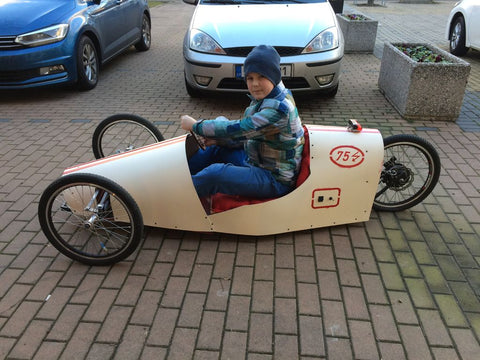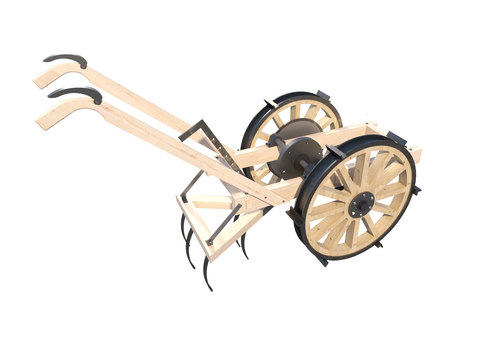Boat dock Ramp Plans DIY Fixed Stationary Wood Docks Boat Pier Landing.
These free DIY plans are for you to follow to build this great boat landing dock. The material is easily purchased locally, and quantities easily figured out from the drawings. The plans also include a lift that will keep your boat out of the water and sheltered while not in use.
What is a Boat Dock?
Many boaters aren't sure what a boat dock is, or where they should find one. Floating docks are an alternative to boat slips and are less expensive and easier to build. While docks can be used for docking ships, they are also safer than boat slips for short-term stays. Listed below are some tips for finding a boat dock. Hopefully this information will be useful to you as you plan your next trip.
Ships can be moored at a dock
Mooring is the process of tying a vessel to a dock or permanently anchored float. The anchor spring fixes a ship's position to the waterway bottom or the shoreline. The verb "tie down" comes from Dutch meren, which means to tie. The sailor casts a rope, which the stevedore takes and attaches to the ship's anchor. A mooring rig can consist of bow and stern lines that attach the boat to a dock. A mooring rig can be used for both large boats and small boats.
A ship can be moored at a waterfront location using pilings. Pilings are structures that are sunk into the water. They are used to take mooring lines from the vessel and support navigational markers, such as beacons. The pilings are often adorned with birds like pelicans and shags, which can eat from them when they're floating.
Floating docks are cheaper than boat slips
Floating docks are constructed from specialized containers and a lower float that floats with the water. This allows them to be used in areas with extreme water levels, including rainy seasons. Floating docks are also easy to move around and do not need to be replaced. They can be built in a variety of sizes to fit your specific needs. They can also be built to fit your specific dimensions.
Floating docks are cheaper than boat-slips because they are constructed on water. However, they are noisy and present some challenges. In addition, they may be damaged when water levels drop during low tide. The cost of floating docks will vary depending on the type of dock you choose. You should also check with your homeowners association for restrictions and requirements. If you're thinking about installing a dock, consider all the options before making the final decision.
They are safer than boat slips for short stops
In many locations, boat docks are a safer alternative to boat slips for short stops. There are several reasons for this, including safety, convenience, and cost. The price of boat slips is typically higher than docks, and they require at least two feet of space between the boat and the slip. For example, a 25-foot pontoon requires a 30 or 35-foot slip, and the longer the slip, the higher the price will be. In addition, boat slips protect boats from waves and wind, and are also less likely to be stolen and vandalized. In addition, few boaters leave their boats in harbors for short periods of time, so they are not targets for thieves.
When docking a boat, it is important to remember that the stern of the boat must be facing the correct direction. This makes it easier to get in and out of the slip. The boat stern should be facing the correct way, which requires ample space to allow for proper maneuvering. Also, if the boat is docked stern first, it must be positioned with sufficient water on the inside of the slip to clear the propellers.
They are easier to build
Building a boat dock is a great way to improve your waterfront living experience. Building a dock is easier than you think! Here are a few tips to help you build a boat dock with ease. First, determine where you want to put it. You can use a pillar or a natural stone outcropping to determine the highest water level. A few inches above that mark will help you determine where the beams should go.
Before constructing your dock, you should make sure to set the footers and outer posts. Once you have those, you can build a frame to fit the size and shape you need. Then, apply the decking material. After constructing the basic frame, you can install shoreline support posts to add stability to the structure. Crisscrossing the chains will also make your dock stronger. If you are building a large dock, you may want to have more anchors than a small one.
All DIY plans are designed by Ben Stone. Ben is a retired Engineer in Canada. Ben also drafts these himself using the latest AutoCAD software to ensure accuracy. He studied Engineering back in the early 1980s. After over 30 years in the Construction industry, he developed a passion for building cool items around his farm and cabin. These are great DIY projects. With a little skill, anybody can Do It Yourself. Ben is always an email away if you have any questions while building one of his projects. He is adding new plans all the time.









